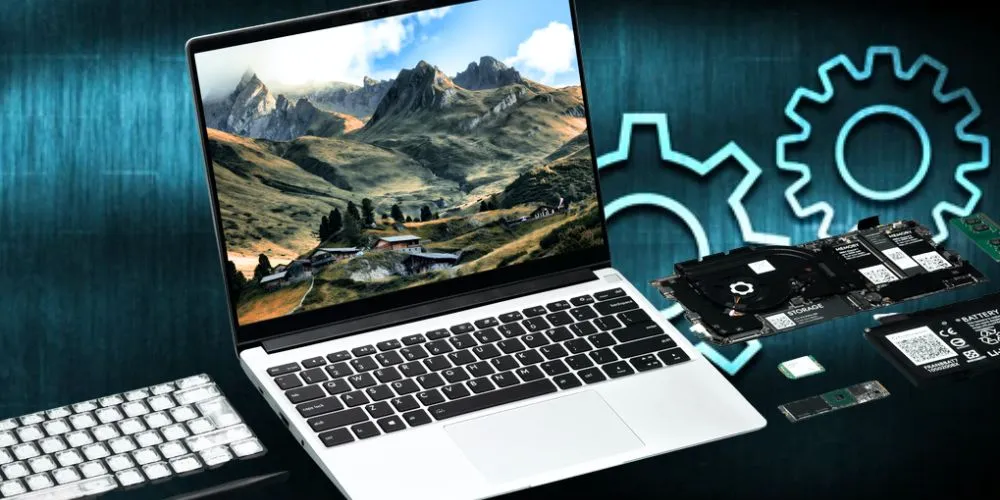As technology becomes increasingly central to daily life, the demand for electronics and the environmental impact of producing hardware continues to rise. From smartphones to servers, every device we use leaves a footprint. The case for integrating sustainable materials into hardware production is no longer just about the corporate image. It’s an urgent necessity.
The Problem with Traditional Materials
Most hardware components use finite resources like rare earth metals and petroleum-based plastics. These materials’ extraction, processing, and disposal contribute to pollution, habitat destruction, and carbon emissions. Worse still, a significant portion of electronic waste (e-waste) is in landfills, where toxic substances can leach into soil and water systems.
Sustainable Alternatives Are Emerging
Thankfully, manufacturers are beginning to explore alternatives. Bioplastics, recycled aluminum, and components made from post-consumer recycled (PCR) materials are being introduced into laptops, phones, and circuit boards. These changes reduce the reliance on raw materials and encourage a circular economy where waste is minimized through reuse and recycling.
The Role of Consumer Awareness
More than ever, consumers are paying attention to sustainability. Tech buyers increasingly factor environmental impact into purchasing decisions, pushing companies to rethink their supply chains and material choices. Brands prioritizing eco-friendly materials often earn consumer loyalty, proving that sustainability can benefit businesses and the planet.
Challenges and Opportunities Ahead
While the shift to sustainable materials is promising, it has challenges. Supply chains must be adapted, and performance standards must be maintained. However, momentum is building with innovation in materials science and growing industry pressure. Governments, too, are implementing regulations and incentives to support greener manufacturing practices.
Conclusion
In an industry that thrives on innovation, the move toward sustainable materials is not just ethical. It’s smart. It aligns environmental responsibility with long-term profitability and technological advancement. As consumers, manufacturers, and policymakers prioritize sustainability, hardware production can evolve into a force for ecological good. The future of tech doesn’t just need to be faster. It needs to be greener.










